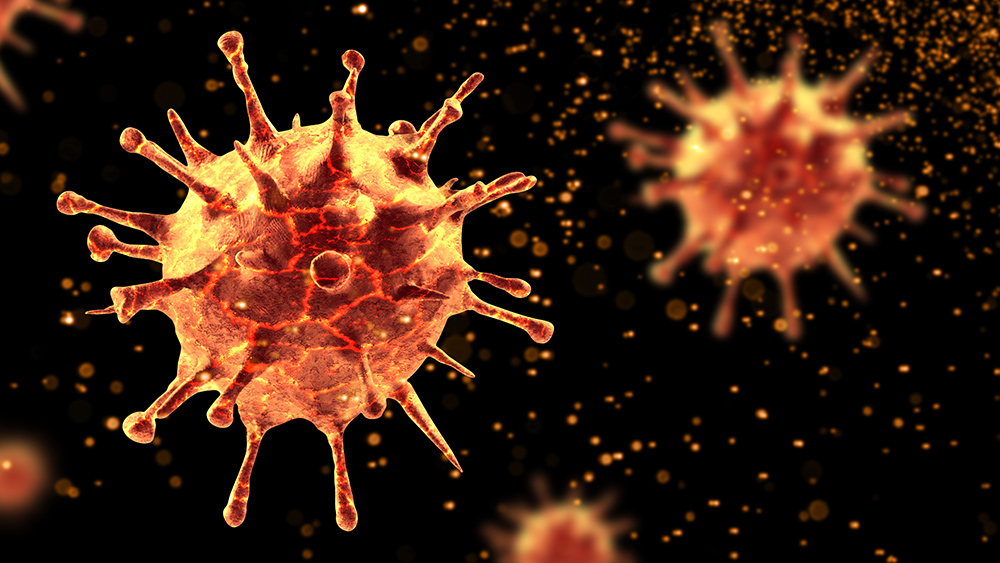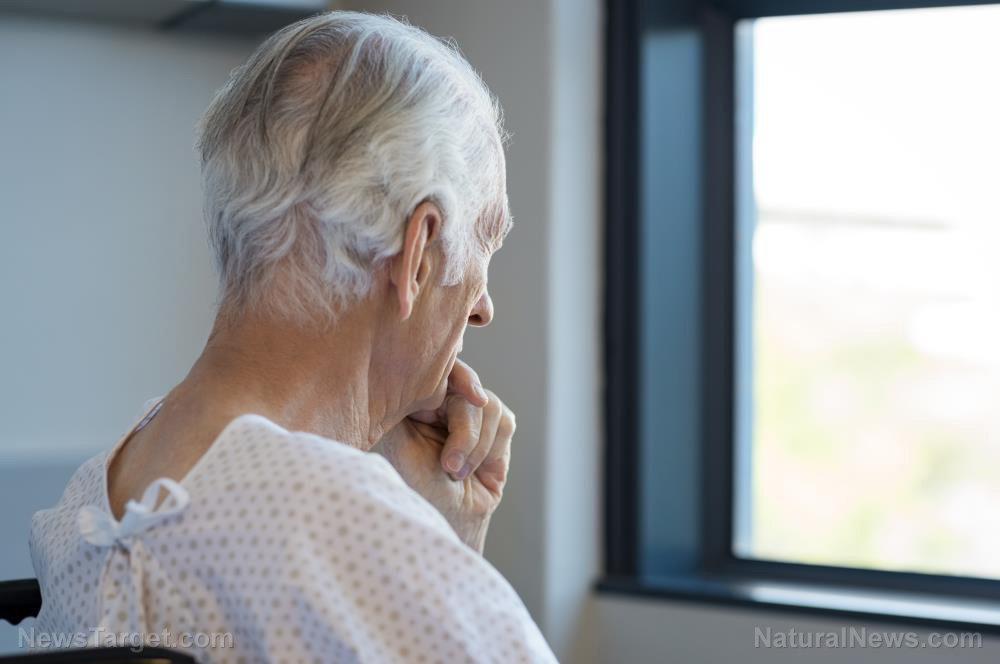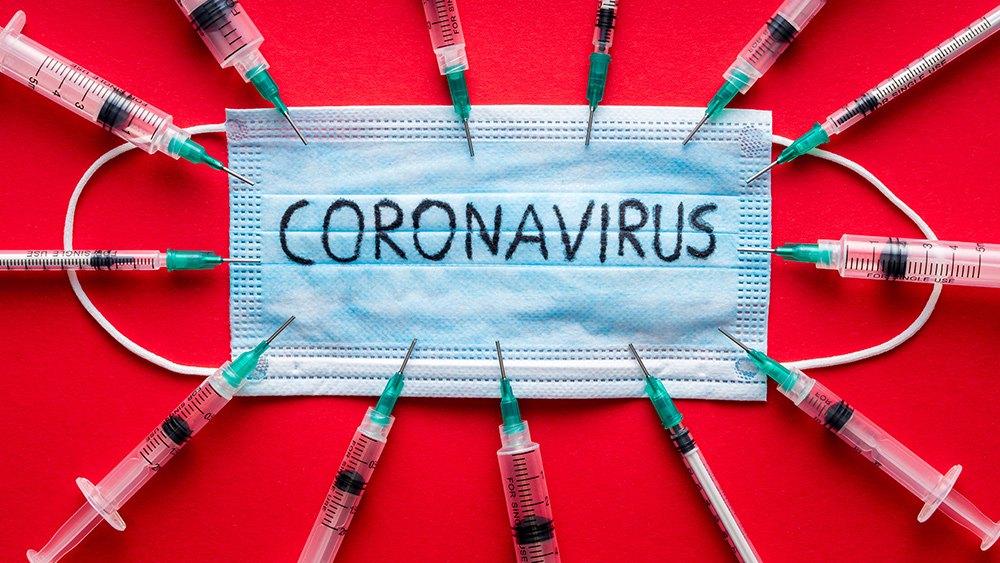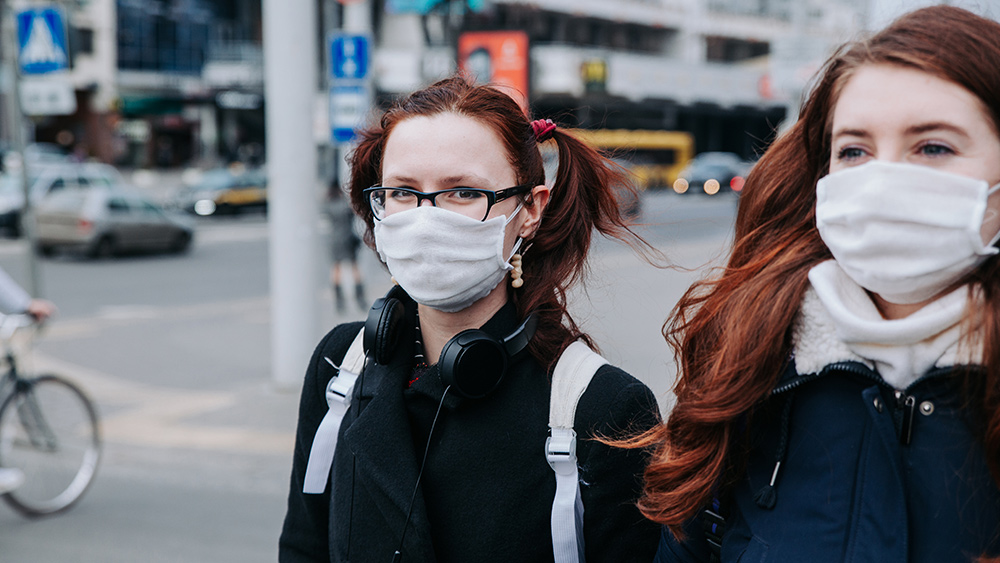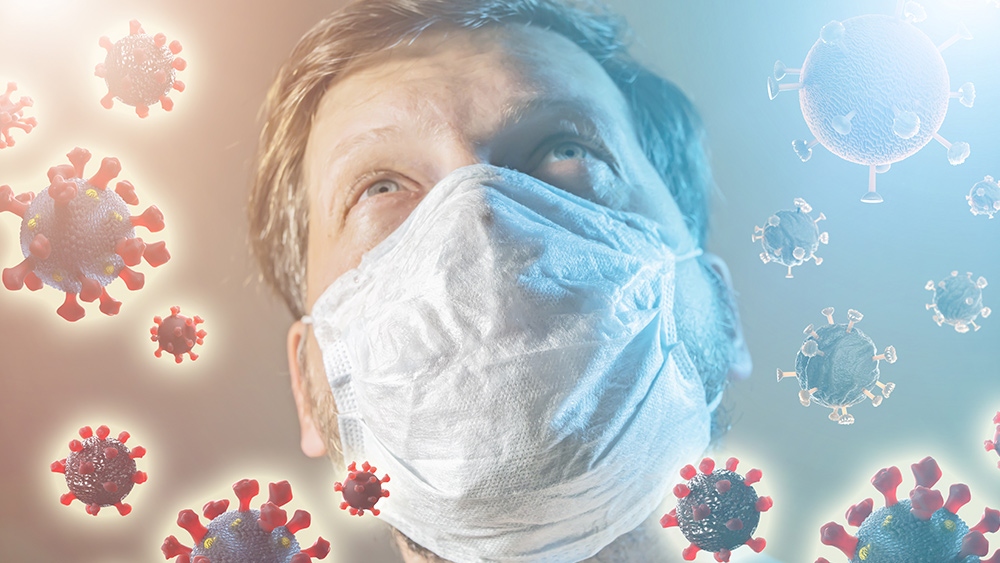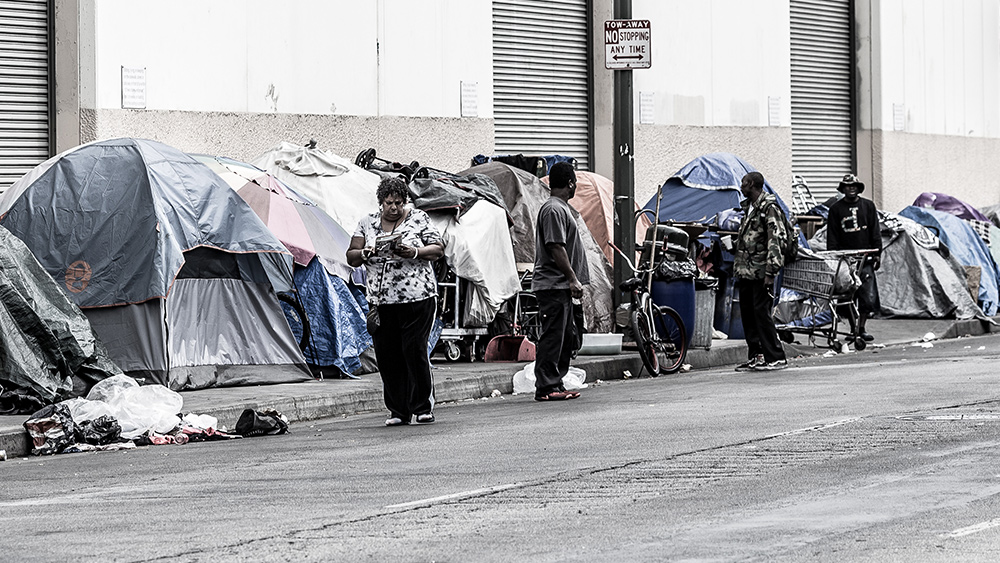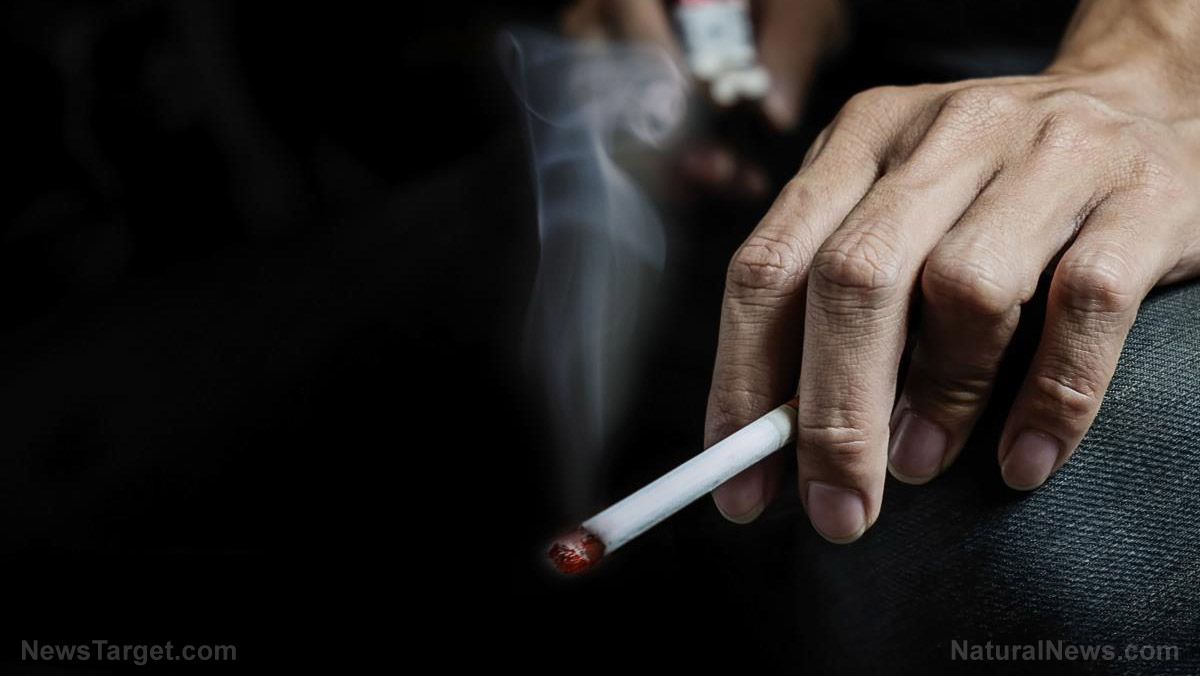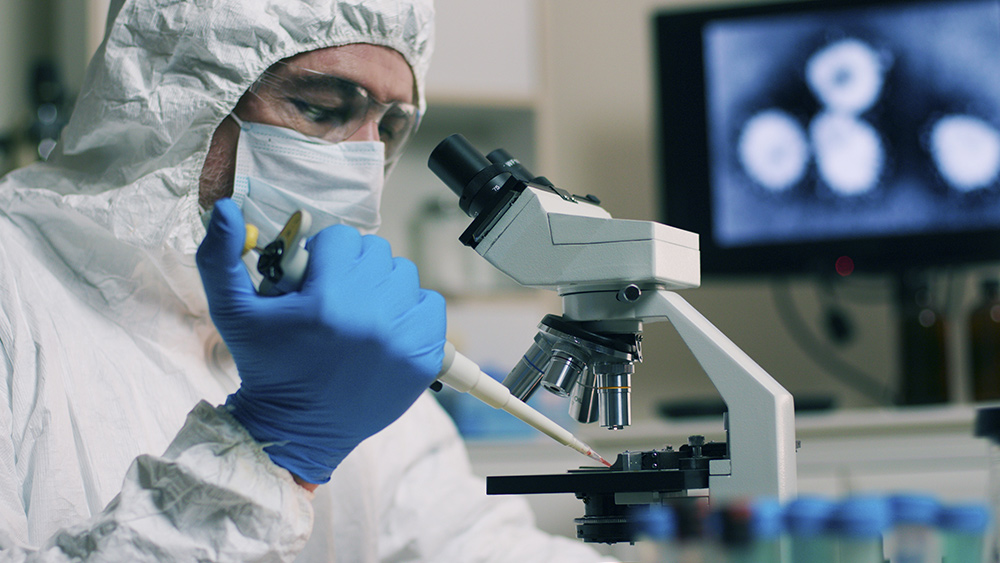Coronavirus survivors face a long road ahead as they struggle with long-term damage
04/27/2020 / By Franz Walker
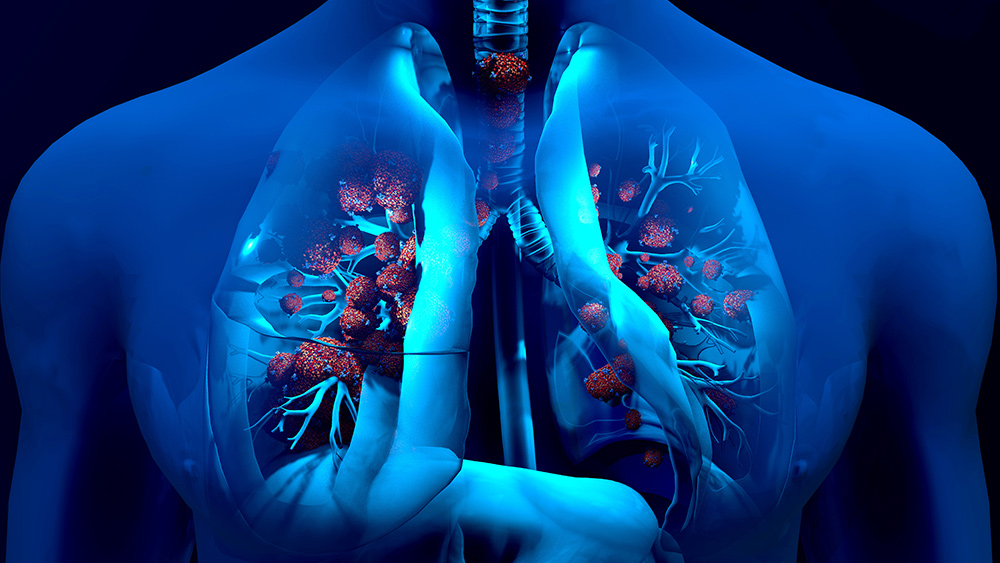
The long-term damage of the coronavirus (COVID-19) is only just now becoming clear to both doctors and the former patients who’ve survived the deadly disease. While little data on recovered patients exist, stories of the struggles that they have to face even after having beaten the disease have emerged, and studies are beginning to look into these.
“Sometimes I’m having conversations and I can’t get enough air, that’s the toughest part,” says COVID-19 survivor and six-time Tony nominee Danny Burstein in an interview with the New York Post. “It’s frustrating. It’s been a very slow recovery. For the most part, the symptoms are gone, but what remains is the damage that was done to my lungs.”
Survivors continue to struggle
While tens of thousands of patients have already recovered from COVID-19, the long-term effects of the disease are only just beginning to become apparent. Survivors, such as Burstein, are still experiencing breathing and other problems weeks after they started feeling better.
Burstein built strong lungs by singing in dancing on stage for decades. Now, just weeks after recovering from the disease, the “Moulin Rouge: The Musical!” star finds himself completely winded just taking garbage down two flights of stairs.
For 30-year old Shaun Khubchandani, recovering from COVID-19 was not easy. Weeks after he was diagnosed with the disease, he says that breathing still makes his lungs feel like they’re “on fire.” Though he says that he’s now “fully recovered,” the Soho resident says that he can’t stop wondering if he doesn’t have any lingering lung damage.
“One of the biggest questions . . . is [whether] these patients will recover fully, or if there will be chronic lung damage from this virus,” says Dr. Mina Rafik Makaryus, a pulmonologist at Northwell Health.
According to Makaryus, thinking about how many patients there could be with long-term lung problems due to COVID-19 is “overwhelming.”
“There are not enough pulmonologists in the community to handle this potential number of chronic lung injuries,” he added.
“False alarm” recoveries
One other issue is that sometimes, someone who feels like they’ve recovered from the disease hasn’t. According to Khubchandani, the virus “tricked” him numerous times into thinking that he was better, only to strike again. (Related: Coronavirus keeps coming back even after “recovery.”)
“I had a couple of false alarms, where I felt like I’d totally recovered, and then the next day a fever came back,” he says.
“Towards the end, when I started having chest pains,” Khubchandani continued. “I had concerns that maybe ‘I’ve damaged my lungs’ or that I’ll develop some long-term issues but I got a chest X-ray and it looks clear.”
Burstein, who documented his struggle with the disease in The Hollywood Reporter, says that he too is familiar with these “false alarms.”
“It would be as if it was going away, and then you’d have these weird flare-ups,” he told the New York Post. “One day it’s crazy sweats and headache and then it’s backache, when one goes away, one comes back. It’s like fingernails sliding down your back, clinging on.”
Both Burstein and Khubchandani are using a spirometer — a device used to measure the amount of air being breathed in and out of the lungs — to help improve their breathing. Burstein also says that he blows up a balloon every hour to strengthen his lungs.
“Patients are telling me that their breathing is getting better overall,” Dr. Makaryus states. “But I have seen a number of patients who still require oxygen weeks after diagnosis.”
Studies hint at long-term damage
The amount of data available on recovered COVID-19 patients is so far quite small — even the earliest cases from China are only three months old. However, a small study found that the disease affected patients’ metabolism and caused other physiological changes.
In their study, the researchers observed changes in the amounts of several metabolites in the bloodstream of patients. These are the immediate by-products of certain metabolic processes — changes in their levels hint that the virus is affecting these metabolic processes.
Metabolism isn’t the only thing that the virus may affect. Another study, also from China, has observed heart damage in 12 percent of patients who did not have respiratory issues.
These studies, however, have only sampled small numbers of COVID-19 patients and weren’t specifically targetted towards recovered patients. More studies, dedicated to recovered patients, will be needed to fully understand the challenges and long-term effects that they will have to deal with.
“There just isn’t enough data yet,” explained Makaryus. “You worry especially for patients who had to go on life support and what those long-term effects will be.”
Sources include:
Tagged Under: China, coronavirus, covid-19, Flu, hygiene, infections, long-term effects, lung damage, outbreak, pandemic, recovered patients, recovery, Study, superbugs, virus

